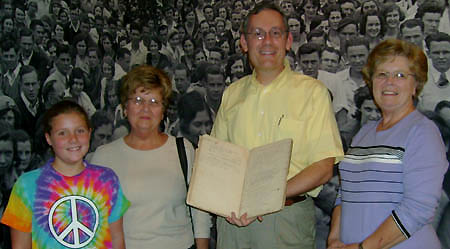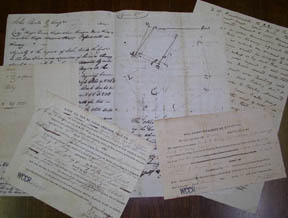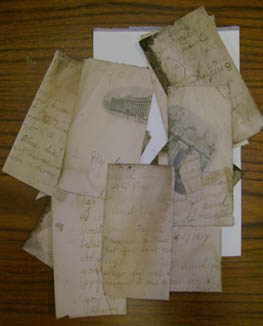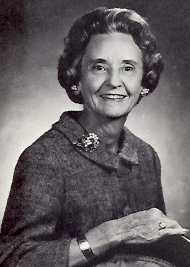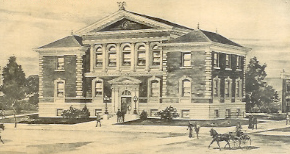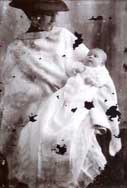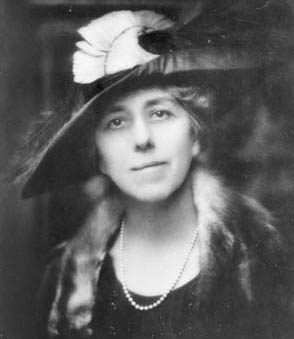
Alice Hegan Rice
WKU’s Special Collections Library has contributed a photo of author Alice Hegan Rice to an upcoming exhibit at Louisville’s Speed Museum relating to its founder, Hattie Bishop Speed.
A lifelong resident of Louisville, Alice Hegan Rice (1870-1942) published many popular novels and stories, but it was Mrs. Wiggs of the Cabbage Patch (1901), inspired by her experiences working with the city’s underprivileged, that made her famous. Selling 650,000 copies in its first two years, Mrs. Wiggs of the Cabbage Patch generated numerous stage, screen and radio adaptations and brought notoriety to Louisville’s Cabbage Patch district and to Mary Bass, a resident of the area who was the model for “Mrs. Wiggs.”
Rice and her husband Cale Young Rice (1872-1943), himself an author, dramatist and poet, enjoyed a personal and professional partnership that lasted more than 40 years and brought them into contact with such early 20th-century notables as Mark Twain, Edith Wharton, Ida Tarbell, Henry Watterson and Theodore Roosevelt.
We hold a large collection of correspondence, manuscripts, clippings and scrapbooks relating to the life and career of both Alice Hegan Rice and Cale Young Rice. A finding aid can be downloaded here.


